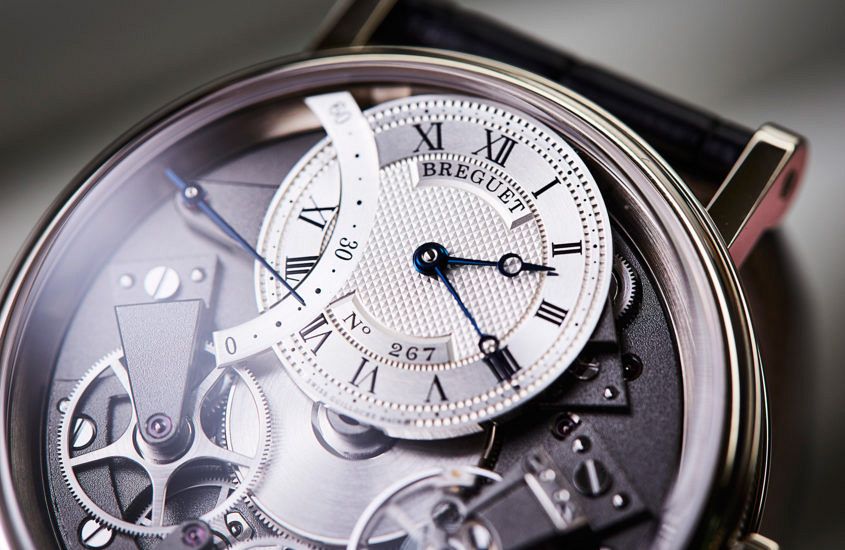 Editor’s note: One of the hoary old sayings of watch collecting is, “Buy the best example you can afford.” And, for all its worn, chestnut-y appeal, the statement still rings true. Sure, saving a bit of cash for what is essentially the same thing might seem tempting, but in the long run, quality wins out. Here’s Justin’s excellent piece from last year on what you get for your money at various price points … It’s a question many of us in the industry get on a regular basis: ‘What makes one watch worth $1000 and another worth more than $100,000?’ To be fair, it’s a legitimate question from those less well versed in the world of watchmaking. At a surface level, and to the untrained eye, a traditional two or three-hand watch delivers the same indication of time, and the same aesthetic proportions regardless of price point, and a simple change from steel to white gold (for example) isn’t nearly enough to justify a jump of more than roughly $20K. The old adage of ‘the devil is in the detail’ couldn’t be more appropriate. Aside from choice of materials — as can be seen with things like the NTPT carbon…
Editor’s note: One of the hoary old sayings of watch collecting is, “Buy the best example you can afford.” And, for all its worn, chestnut-y appeal, the statement still rings true. Sure, saving a bit of cash for what is essentially the same thing might seem tempting, but in the long run, quality wins out. Here’s Justin’s excellent piece from last year on what you get for your money at various price points … It’s a question many of us in the industry get on a regular basis: ‘What makes one watch worth $1000 and another worth more than $100,000?’ To be fair, it’s a legitimate question from those less well versed in the world of watchmaking. At a surface level, and to the untrained eye, a traditional two or three-hand watch delivers the same indication of time, and the same aesthetic proportions regardless of price point, and a simple change from steel to white gold (for example) isn’t nearly enough to justify a jump of more than roughly $20K. The old adage of ‘the devil is in the detail’ couldn’t be more appropriate. Aside from choice of materials — as can be seen with things like the NTPT carbon…
The post What separates fine from very fine watchmaking (apart from the price tag)? appeared first on Time and Tide Watches.
Continue reading ‘What separates fine from very fine watchmaking (apart from the price tag)?’